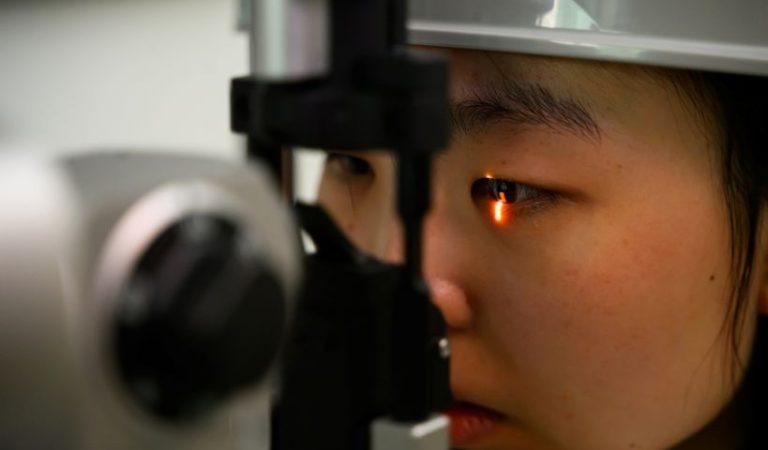Taking action on workforce pressures
Optometry Australia’s Workforce Projections Study shows Australia currently has an oversupply of optometrists, and simply increasing graduate numbers will not fix workforce maldistribution. We are strongly opposing proposals for new optometry programs and calling for smarter, locally targeted solutions to support both practitioners and patients. View
View


